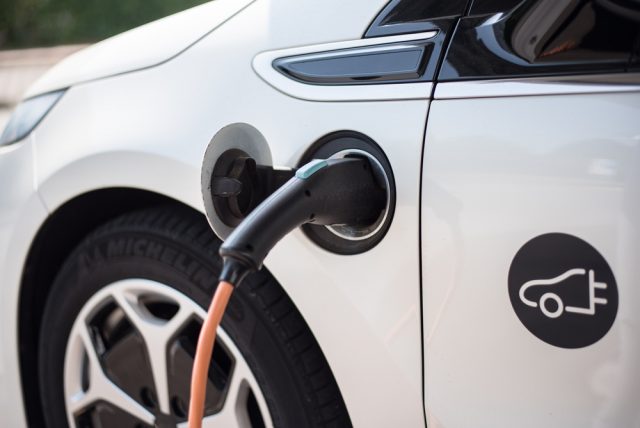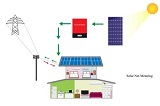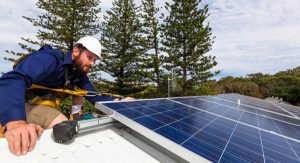In this blog, we will explore how solar and electric vehicles can help make Ontario more sustainable, taking a look at some of the exciting initiatives taking place in the province to promote these technologies, and the challenges posed by the current state of the grid.
Electric vehicles in Ontario
Electric vehicles (EVs) can help Ontario to cut down on the emissions pertaining to transport. Powered by electricity from batteries, fuel cells or a combination of the two, EVs offer several advantages over traditional gasoline-powered cars. They emit no pollutants, are quiet and they have a smaller environmental footprint than gas cars (up to 90% less GHG emissions).
Not only do electric vehicles (EVs) further the sustainability of the province and take strides towards decarbonizing Ontario, the large amount of clean energy in the grid means they can easily charge and run on pure clean energy most of the time.

“Solar-powered” vehicles are powered by electricity from solar panels. Solar cars are not yet available, but solar-powered electric vehicles (EVs) may become popular in the future. Boasting all the benefits of traditional EVs, solar EVs also have the added bonus of being powered by renewable energy whereas EVs can run on renewable or traditionally generated electricity.
Old infrastructure, new tricks
The current state of the grid also poses several challenges to solar photovoltaic projects.
Firstly, every time you connect a Residential Solar panels project to the grid, solar installer companies have to submit a form C to a utility company and wait until they check for a transmission capacity limit (checking if all feeders and transformers are capable of handling the extra electricity to be produced with your solar panels and sent back to the electrical grid).
A newer infrastructure and technology would mitigate these concerns and streamline the process. For smaller solar projects, such as ones with less than 10kWp of inverter capacity this is not always an issue, but, in certain parts of Ontario the infrastructure is straining to keep up with demand, and any larger projects run the risk of being rejected.
With this in mind, some of the companies, like Hydro One (the largest transmitter in the province) have developed online tools to help calculate the capacity of a transformer station. It can be accessed at: https://www.hydroone.com/business-services/generators/station-capacity-calculator
Looking ahead
The Ontario grid is currently limiting the amount of renewable energy that can be produced, which in turn is affecting solar and electric vehicles. The current grid was designed for a different era and doesn’t always have the capacity to handle the amount of renewable energy that is now being produced. This lack of capacity is resulting in higher prices for solar and electric vehicles, as well as limiting the amount of renewable energy that can be used as households are priced out – creating an excess which is incurring financial losses.
Despite the challenges posed by the grid, the Ontario government is nevertheless continuing to push ahead promoting the use of Electric Vehicles in the province.
For a full, detailed look into the EV initiatives available in Ontario, why not check out our dedicated blog by clicking here https://ontario-solar-installers.ca/news/federal-and-provincial-ev-incentives/











